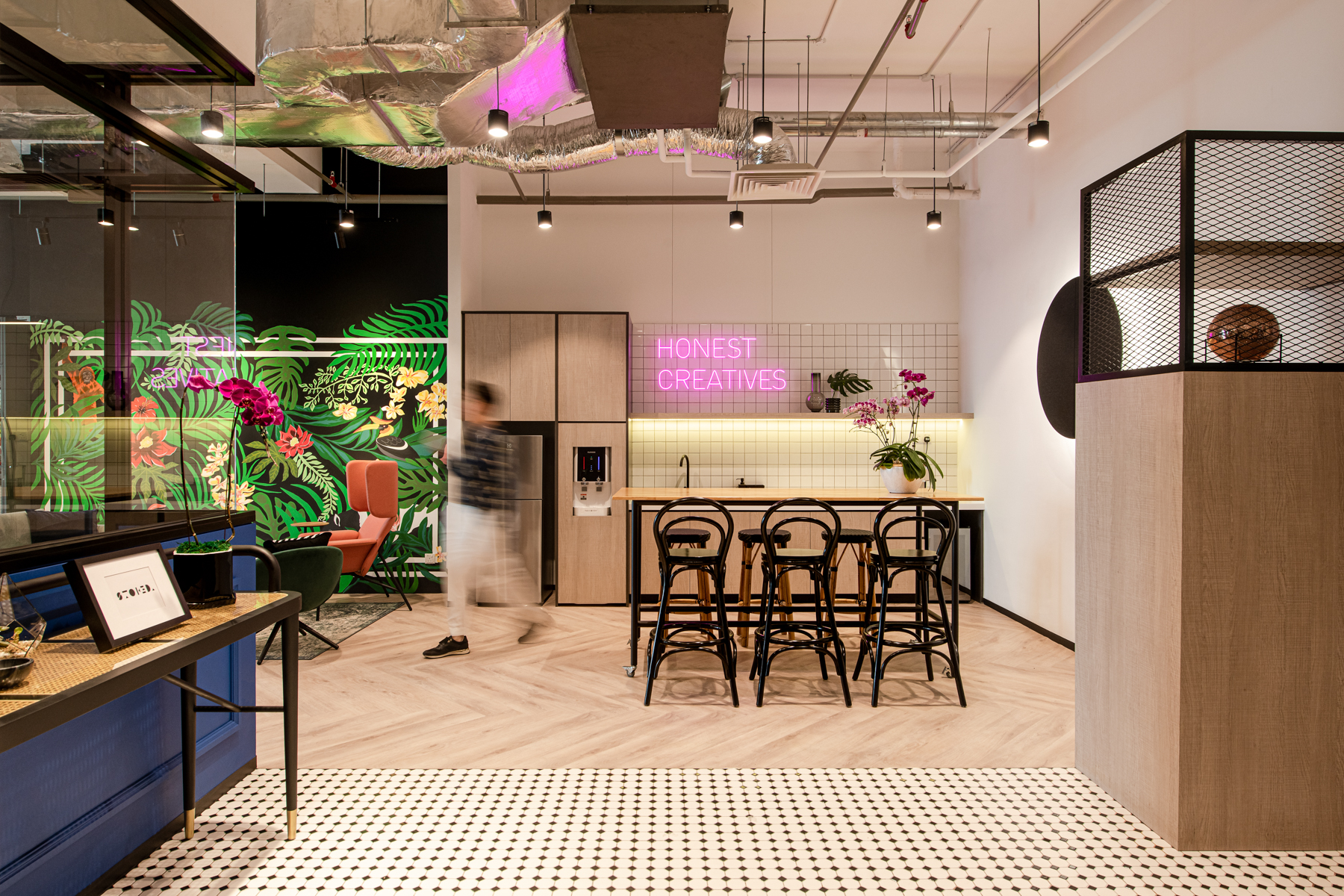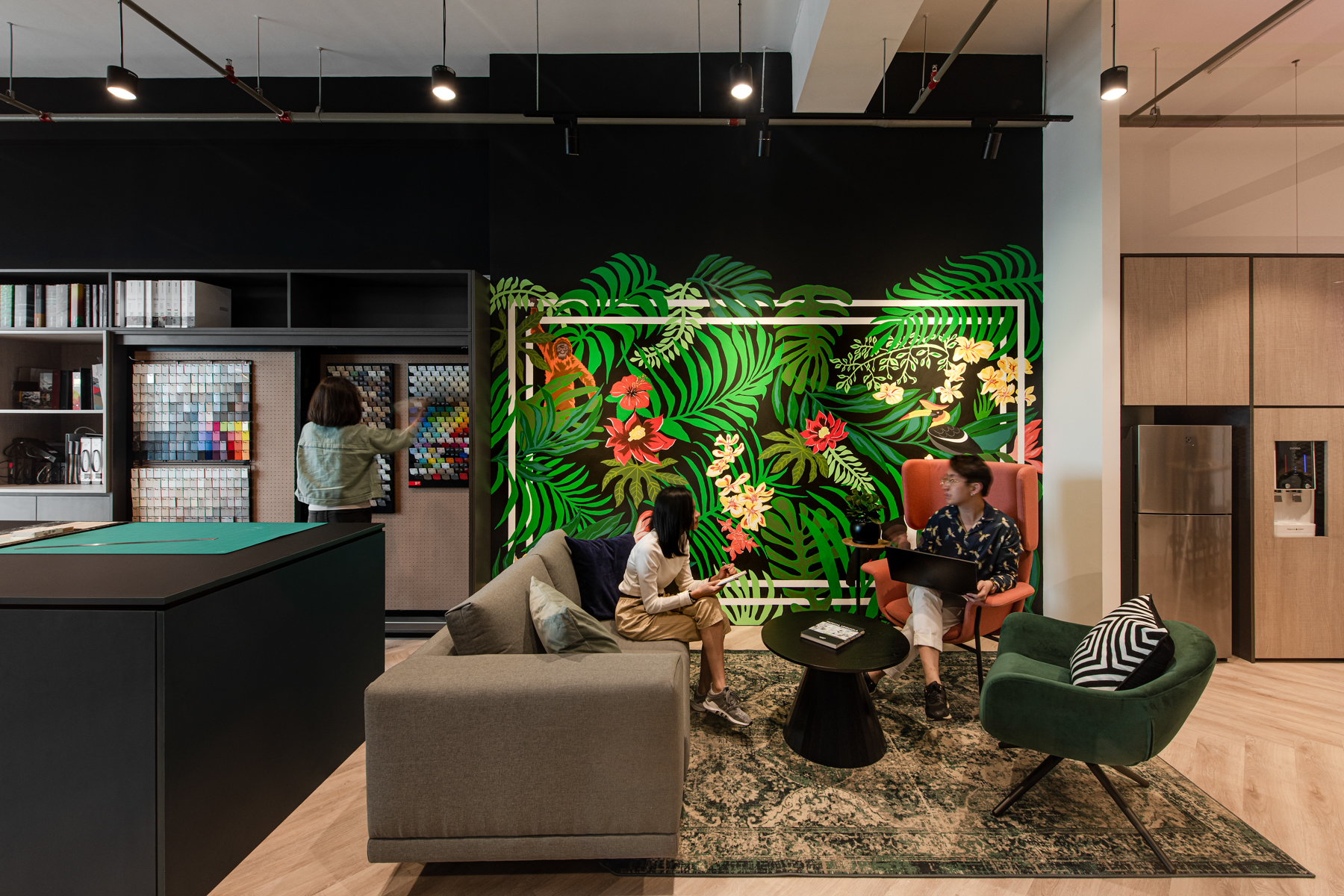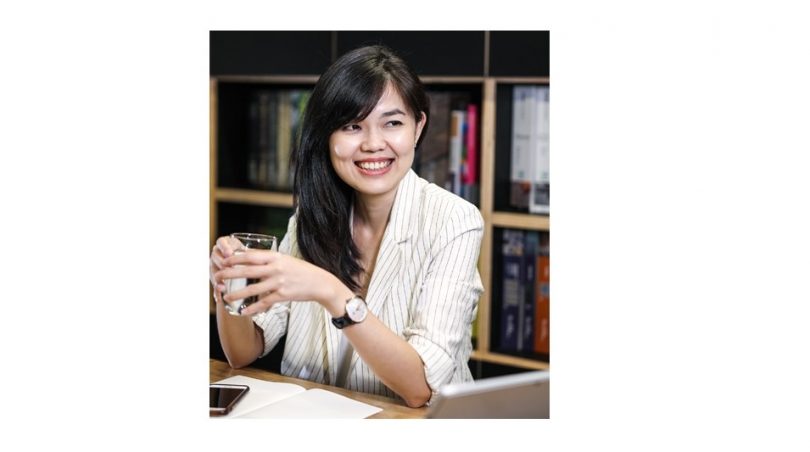Kathy Fong is Managing Director of Stoked Associates, Kuala Lumpur. She works closely with her team to provide a customised solution to each design problem; and spearheads the company’s growth strategy. She has worked in global interior architecture firms like M Moser Associates, Singapore; and led successful completion of numerous projects across Asia-Pacific. Fong believes that leadership is the ability to create and realise innovative solutions, especially in the face of structurally complex or changing situations. Her design philosophy is to bring life into the space with creative design. She believes that every brand, company or individual has a story to tell and the designer’s task is to reflect these stories in the spatial design.
How did you start your journey as an interior designer?
When I was younger, we lived in a rented house. It was an old building, probably more than 40 years old. Many components were faulty and we were not able to do any new built-in works. Back then, I wanted to change the situation. Deciding to study interior design at the university, it was not an easy journey. My parents were worried that there wouldn’t be much career opportunity, especially because our family didn’t have much financial resources, but I guess I was so determined, if not stubborn, to continue pursuing my dreams. Fast forward to graduation, I didn’t have much difficulty securing my first job; and my journey as a professional designer started from there.
What project in your portfolio are you most proud of?
Capital Tower is a significant project for me as it involved integrating conventional office space and flexible space in a community-centric, tech-enabled interior design, as well creating a wellness centre. For the latter, flexibility and versatility were key so we created a hub called Learning, Lifestyle & Wellness. We placed it on level 9 as it has a direct access to the building’s car park.
The hub consists of an open space with tiered modular seats, dynamic furniture, a theatre, training rooms that can hold up to 30 people each, and a multipurpose studio for 40 people. The theatre is equipped with an audio-visual system and can hold up to 230 people.
Meanwhile, levels 20 and 24 are dedicated to workspaces to accommodate both conventional office tenants that require flexible working arrangements, as well as to allow small- to medium-sized companies to occupy more conventional workspaces as they grow their business. The design is human-centric. Technology use is optimised to create great user experience.

Every brand, company or individual has a story to tell and the designer’s task is to reflect these stories in the spatial design; image by Stoked Associates
How did you ensure the effectiveness of project delivery?
To deliver a project effectively, collaboration is everything. Clients and operators could provide input regarding tenants’ needs so that the design will be aesthetically pleasing without missing out on user-orientation and functionality. Project delivery is not only about design but also about business and adding value. We need to strike a balance between designing aesthetically pleasing, functional spaces and maximising cost and time efficiency.
I am particularly proud of the Capital Tower project because I could deliver it successfully as per client’s expectation. The space not only fulfils individuals’ and companies’ needs, but also offers the opportunity for team bonding, event management as well as a space for respite amidst the hustle and bustle. Additionally, I could foster my understanding of the business side of the story.
Which of your work involves more technical expertise?
The Trend Micro’s new AMEA headquarter in Singapore was an exciting project, a global cybersecurity company’s office. The main goal was to create a social environment where staff could host events and invite business partners and customers. They would like to break away from the traditional office environment and introduce a collaborative and free-flowing work setting, with a cosy and homely ambience.
It occupied the entire level 16 of Suntec Tower 4, with a nice view at one of the window perimeters. Although the view was great, we didn’t put the main entrance there. We placed the main entrance right in front of the lift lobby, which has a significantly wider floorplate. Encouraging conversations and non-verbal interactions was a more important consideration. We capitalise on the great view at the window perimeter for a secondary entrance.
Right after the main entrance there is a town hall space that caters up to 120 people. We opened the ceiling partially to add volume. We also equipped the space with a well thought-out acoustic treatment.
Was there any part of the project that made you think out of the box?
We were challenged to design a team table away from the usual system desk. This table has to allow all heads of department to sit together and engage in conversations for ideas in an open office area. We customised an ‘organic’ table with plants, equipped with cable management and sufficient lighting. Instead of working on the drawing board, we worked with the carpenter to produce a mock-up. We reviewed the outcome together with the client to ensure their team would feel comfortable with the furniture pieces.

Encouraging conversations and non-verbal interactions is an important consideration in interior design; image by Stoked Associates
How do you identify a client’s needs, aside from the information in the project brief?
Model making and prototype process will help. You may conduct workshops to engage with users and experience the products by touching and feeling the materials. To create a human-centric space that could inspire people, we need more than just functionality. Understanding them on a personal level is the key.
How do you ensure that your project management is effective?
I cannot stress more on the importance of reviewing construction programme and progress with client on a weekly basis. Designers should also conduct site inspections and liaise with nominated engineers, vendors and sub-contractors to ensure that the quality meets expectations. Each project has unique site issues and these may influence the design during the construction process. When there is an issue, the most immediate solution is to call a construction team meeting and discuss on-site. Communication and acting on issues proactively are critical success factors of a project delivery.
What is your advice for young or aspiring interior designers?
There will always be doubt when you embark on a journey, a career or an adventure. It’s good because fear of the unknown is what brings out the best in you. You have to work hard to avoid any undesired outcomes, which in my case was the possible difficulty to secure a position in the job market. My advice, if you are now starting a career as an interior designer or enrolling in an interior design major, is to believe in yourself—so much so that people will start believing in you. After all, the only person knowing your limits, fears, expectations, dreams, as well as potentials and capability, is you.
– Construction+ Online

 Hong Kong
Hong Kong Singapore
Singapore Indonesia
Indonesia Tiếng Việt
Tiếng Việt ประเทศไทย
ประเทศไทย









